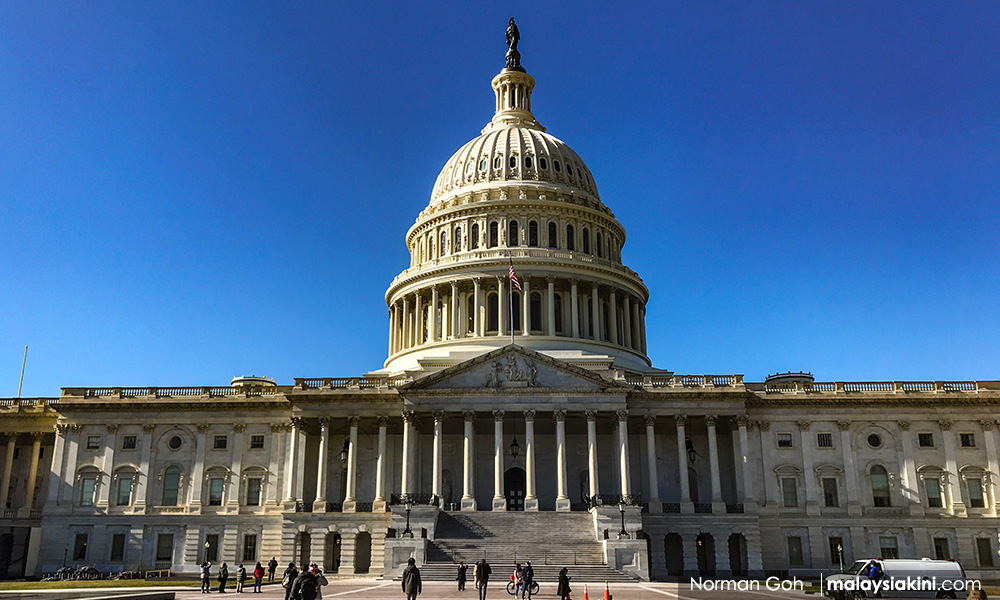
Oil prices plunged more than six percent to the lowest level in more than a year on Monday, pulling back sharply late in the session as fears of an economic slowdown rattled the market.
US crude futures and global benchmark Brent hit their lowest levels since 2017 during the session, putting both benchmarks on track for losses of about 40 percent in the fourth quarter.
“What’s happening in the stock market is raising fears that the economy is grinding to a halt and thereby will basically kill any future oil demand,” said Phil Flynn, an analyst at Price Futures Group in Chicago.
“They’re pricing in a slowdown in the economy if not a recession with this drop.”
The fourth-quarter price decline is likely to cause producers to throttle back on their output, he said.
US crude futures have hit the lowest level since June 22, 2017, as jitters have grown about the impact of the escalating US-China trade dispute on global growth and crude demand.
Brent crude is at its lowest level since Aug 17, 2017.
Markets across asset classes have come under pressure as the US government shutdown that began just after midnight on Saturday intensified growth concerns.
Investors have flocked to safe-haven assets such as gold and government debt at the expense of crude oil and stocks.
A gauge of stocks worldwide hurtled toward an eighth straight decline on Monday as investors ignored the US Treasury secretary’s actions to reinforce confidence in the economy and President Donald Trump criticised the Federal Reserve as “the only problem our economy has.”
The US Senate has been unable to break an impasse over Trump’s demand for more funds for a wall on the border with Mexico, and a senior official said the shutdown could continue until Jan. 3.
US crude futures settled at US$42.53 a barrel, down US$3.06, or 6.7 percent.
Brent crude futures settled down US$3.35, or 6.2 percent, at US$50.47 a barrel. The market settled early ahead of the Christmas holiday. Prices extended losses in post-settlement trade.
Brent fell 11 percent last week and hit its lowest level since September 2017, while US futures slid to their lowest level since July 2017, bringing the decline in the two contracts to more than 35 percent for the quarter.
The macroeconomic picture and its impact on oil demand continue to pressure prices. Global equities have fallen nearly 9.5 percent so far in December, their biggest one-month slide since September 2011, when the euro-zone debt crisis was unfolding.
The US-China trade dispute and the prospect of a rapid rise in US interest rates have brought global stocks down from this year’s record highs and ignited concern that oil demand will be insufficient to soak up any excess supply.
The Organisation of the Petroleum Exporting Countries (Opec) and allies led by Russia agreed this month to cut oil production by 1.2 million barrels per day from January.
Should that fail to balance the market, Opec and its allies will hold an extraordinary meeting, United Arab Emirates Energy Minister Suhail al-Mazrouei said on Sunday.
“Oil ministers are already taking to the airwaves with a ‘price stability at all cost’ mantra,” said Stephen Innes, head of trading for Asia-Pacific at futures brokerage Oanda in Singapore.
- Reuters




No comments:
Post a Comment
Note: Only a member of this blog may post a comment.